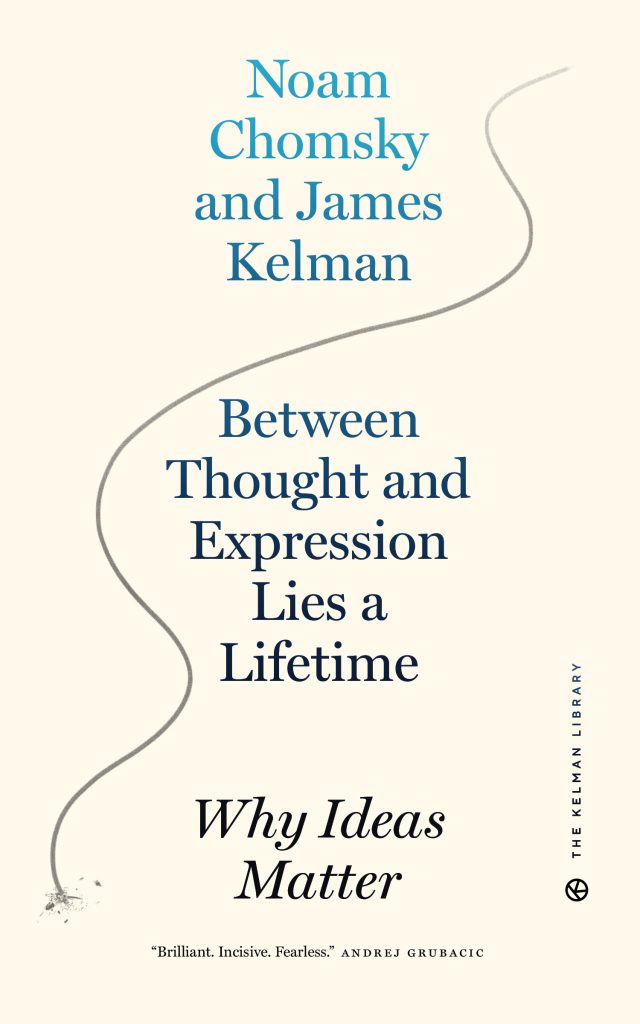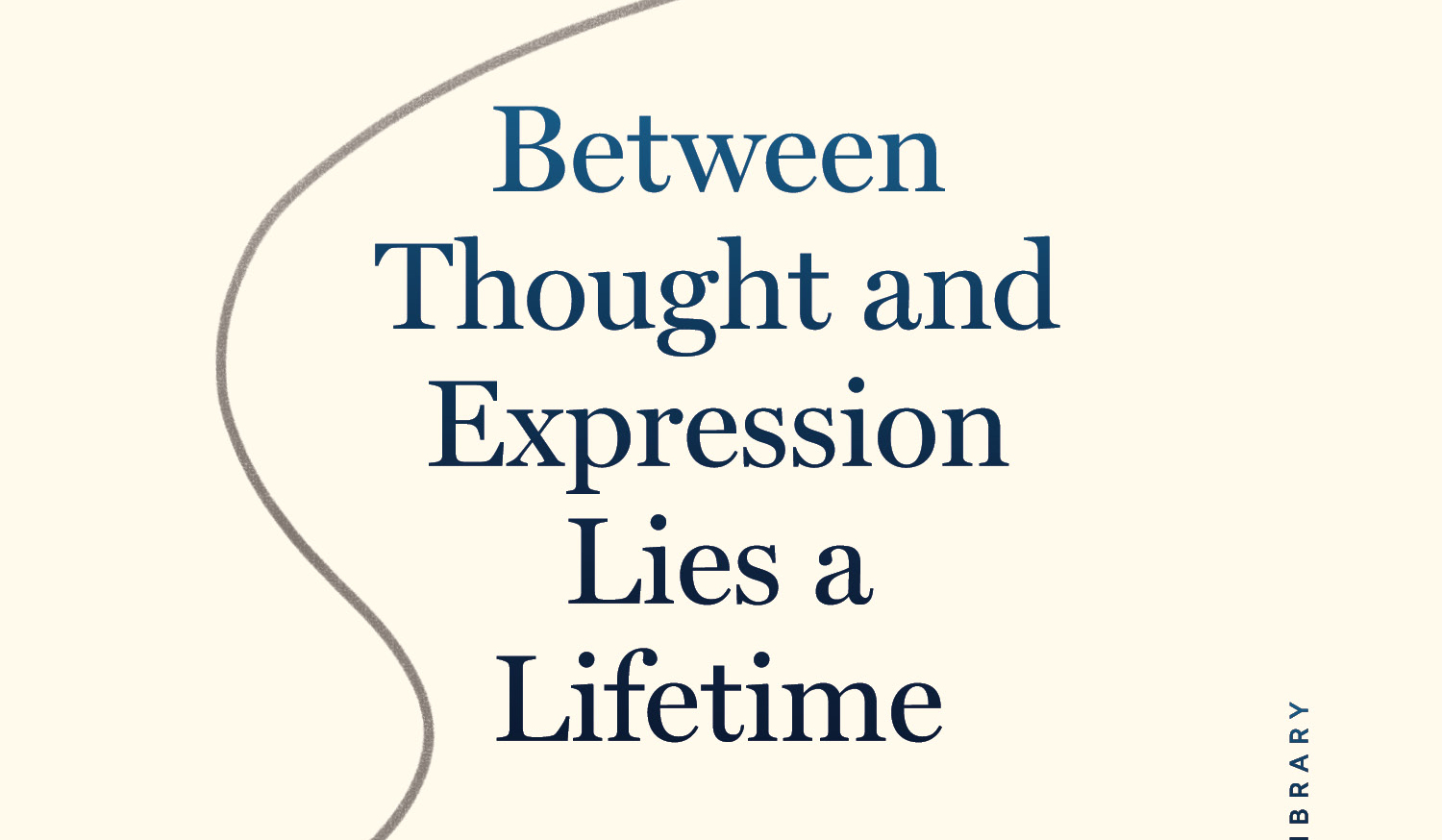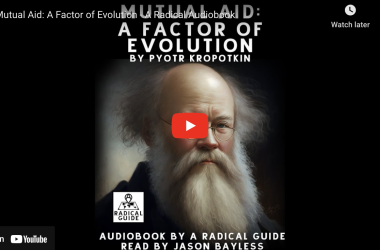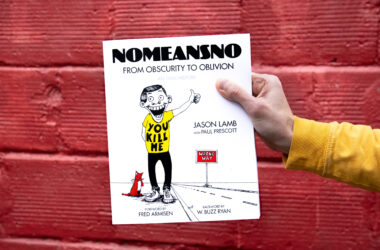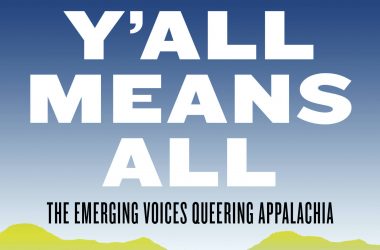By Carole Jones
The Drouth
Three new books by James Kelman have just been published by PM Press of California. This must be an exciting time for both Kelman fans and for Kelman Studies. One new novel, one collection of essays, and and a philosophical debate between Kelman and Noam Chomsky -it’s a lot to chew on. So The Drouth is delighted to be producing the first reviews of these new works. First up is literary critic and scholar Carole Jones with her reading of the decades long engagement between Kelman and Chomsky mapped out through this published collection of essays, interviews and correspondence between the two writers.
Between Thought and Expression Lies a Lifetime [Why Ideas Matter], by Noam Chomsky and James Kelman
In the second paragraph of the introduction to this publication of papers in relation to the Self Determination and Power conference of 1990 James Kelman makes reference to a theoretical act of violence: at a public lecture by Noam Chomsky in 1988 a man, a neo-fascist, had ‘travelled from France to attend the lecture, expressly to confront Chomsky. He was so close to the platform had he fired a gun he could hardly have missed. The significance of that stayed with me’. That the anticipation of violence is so early foregrounded here by Kelman betrays a tense state of mind that has elsewhere enjoined writing and violence: ‘Prose fiction was exciting at this level. Somebody was punching fuck out ye but ye went away and attended the cuts, had a shower, and came back with Daddy’s axe’ (‘Afterword’, An Old Pub Near the Angel, Polygon, 2007: 182). By all accounts, though, Kelman is not a violent man, and neither is Chomsky; Kelman continues, ‘During his subsequent visit to Glasgow, I mentioned it to Chomsky. He shrugged. It was nothing new and there was little he could do about it.’ Chomsky’s indifferent shrug in response to his own safety signals that nothing should get in the way of communication. Moreover, the complacency of a shrug contrasts with the determined and dynamic thrust of his political activism. As the central issue of his principal contribution here he quotes David Hume, that ‘there is nothing more surprising than to see the easiness with which the many are governed by the few’. The interrogation and exposure of the power relations of this state of affairs and the multiple and various violences involved in maintaining the power of elites is Chomsky’s passionate vocation, one shared by Kelman. This new book stakes out a space to reflect, 30 years later, on an event that convened to consider ‘how people cope in the face of power and authority’. And this is, of course, a question with evolving resonance for our own populist times.

Between Thought and Expression Lies a Lifetime presents various documents which relate to the conference that took place in Govan, organised by Kelman and the Free University and by Derek Rodger, the editor of Scottish Child magazine, for which Chomsky was invited as a key note speaker. In a letter to Chomsky, Kelman describes how the event is intended as ‘strictly nonacademic’, including mainly activists in local politics but also writers ‘engaged in tradition-bearing, where this has become an active political struggle’, leading to an interest concerning ‘selfhood into nationhood’. Anti-assimilationist, anti-colonial and anti-establishment, the event was intended to promote the value of debate between diverse areas of radical politics and resistance to the incipient globalizing forces of late twentieth-century capitalism, what we would now call the neoliberal era. However, the origins of the event for Kelman lie in more philosophical issues; on being commissioned to write a review of The Chomsky Reader for Edinburgh Review, Kelman became conscious of parallels between Chomsky’s ideas and the distinctively Scottish Common Sense tradition in philosophy as promoted most famously by George Davie in The Democratic Intellect (1961). Both discourses argue that ‘everybody can know and everybody can judge […] all of us have the analytic skills and intelligence to attempt an understanding of the world’; both, then, ‘share a belief in fundamental principles that are inherent in all people. These include the faculty of judgment which lies at the heart not only of reason, but of the will to freedom’. That will to freedom is the foundation of Chomsky’s and Kelman’s libertarian socialism. Though these ideas are often associated with a notion of innate structures in humans that account for naturalised principles of reason, for Kelman the concept of natural judgment ‘seemed to offer the possibility for a philosophy of Common Sense without having to rely on innate ideas’. It holds a kernel of mystery that maintains an openness to change occluded by the notion of the innate. And change is the essence; Chomsky’s work is not static intellectualising but a ‘field of action, a philosophy of action’ leading to communication and informing activism.https://www.youtube.com/embed/plp4FnnUSuc?feature=oembed
The point of the book is expressly not to provide a record of the conference. ‘My aim’, states Kelman, ‘was to make available what remains accessible to me (including myself). In making available my contact with Noam Chomsky in this context I hope the possibility of change is emphasized’. To this end the text is a hybrid compilation that includes letters, key note presentations and introductions, interviews and essays. This blurs the boundaries between discourses – between the political and the philosophical, the academic and the everyday, public and private. The book exists, then, in that space between thought and expression as it tracks the stages of moving private thought and ideas into a public realm of interaction. There is a chronological, forward motion here. The initial exchange of letters inviting Chomsky and outlining the aims of the conference even provide a note of suspense, as he chronicles the health issues that may scupper his participation. However, the text has more of the character of a web as it brings together the lines of a train of thought developed through the dialogue between the two writers. As a web it provides various entry and exit points, leading to possible routes for continuing investigation of the topics and questions, texts and writers that direct and colour the debate.
Interesting for the contemporary reader is the absence of more recent frames of analysis. The discourse here arises fresh from the context of the break-up of the USSR, the subsequent upheavals in Europe, and the violent excesses of US policy in Central and South America and elsewhere. What’s to stop, Chomsky asks, Eastern Europe becoming ‘another form of third world’ for Western Europe and the US, establishing ‘quasi-colonial relationships governed by IMF rules’ and open to exploitation. Living as we are with the consequences of this period, it is interesting to experience these discussions without the filter of more recent analyses such as the dominating framework of neoliberalism. In contrast to the febrile divided camps and ‘culture wars’ of the present, ‘the event was also a place to seek out difference in concepts such as “self determination” and “nationalism”’, maintaining connection with the radical politics of the past. Such mild words (seeking not exterminating difference) and optimistically framed intentions must engender a sense of warm wonder in the embattled, siloed activists of the present day, a feeling corralled and imbued with possibility by Kelman’s dialogic final demand of ‘what will you do?’Between Thought and Expression is, then, a stimulus for action. There is no definitive record of the Self Determination and Power conference, only an account based on the limited original video recordings of the event in Mitch Miller and Johnny Rodger’s The Red Cockatoo: James Kelman and the Art of Commitment (2011). Kelman’s new compilation of documents is one more account, but mostly it is a demonstration of a process of intellectual activism, exploration, solidarity and fondness. For all the fears exposed with that unexpected gun, language is the weapon of choice here in all its forms – dialogue, debate, written and oral exchange. ‘Language, the intoxication’ writes Kelman almost dreamily towards the end as he is momentarily lost in its web. This is not a deadly weapon but an intoxicant, altering consciousness and opening up new ideas, thought, knowledge, connection. It transgresses the boundaries of our reality to conjure new vision and comprehension. And here, in this final section, Kelman the artist is affirming faith in that crucial political resource, imagination: ‘There is the academic route but others are possible. Art’. But more than anything the book demonstrates, encourages and demands dialogue and interrelationality and action because ‘change does not happen of its own accord’. It is a cogent reminder of the possibilities and responsibilities of the present moment.
